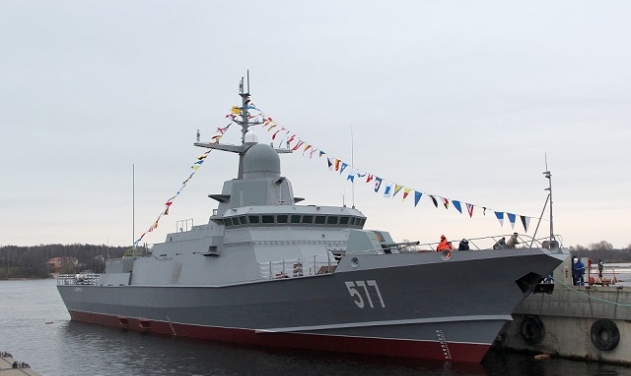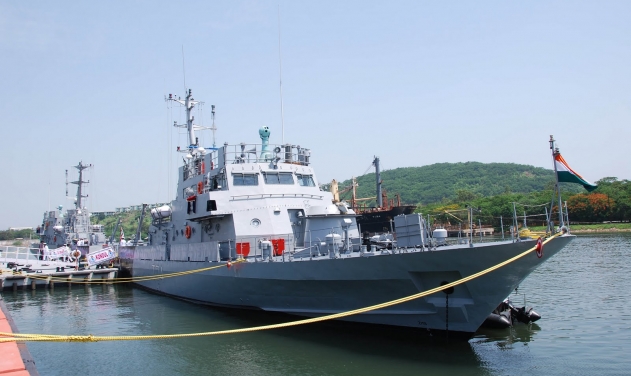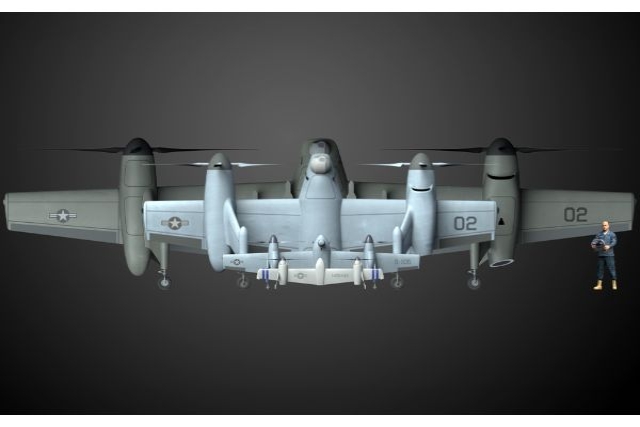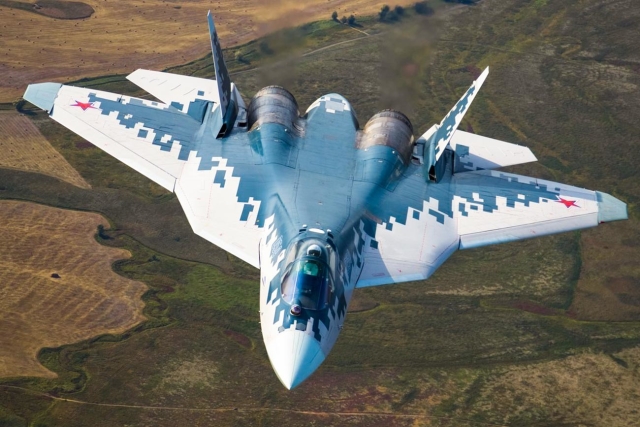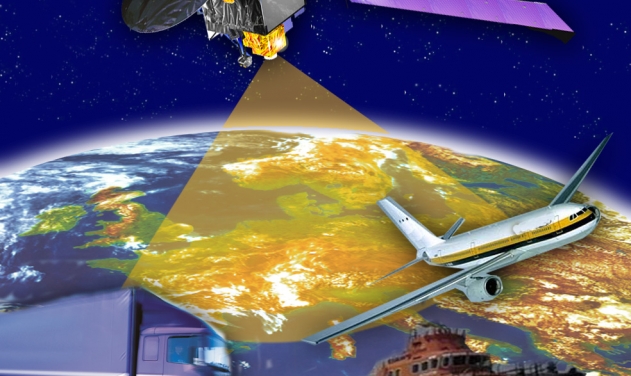Vietnam to Equip Anti-ship Cruise Missiles with Russian GLONASS System
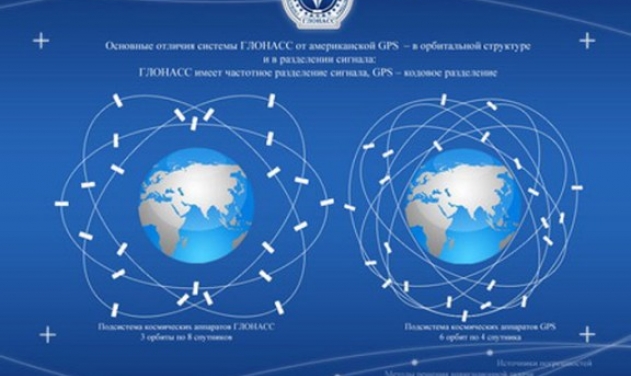
Vietnam’s license build version of Russia’s Kh-35 anti-ship cruise missile, KCT-15 will be equipped with Russian GLONASS system.
According to Roskosmos agency head Yuri Urlichich, starting in 2023, GLONASS's orbit system will provide high-precision navigation services with six new high-elliptical orbiting satellites, Baodatviet local news daily reported
"The orbital group of the GLONASS high-altitude orbital space complex, which consists of six spacecraft, divided into pairs on three orbital planes, will form two routes on the Earth's surface. Absolute precision will begin to be provided from 2023,” Yuri said.
Currently, there are 4 global positioning systems through popular satellites such as US GPS, European Galileo, Russia's GLONASS and China's Big Dipper. In that they provide extensive civilian channels and only to military channels for close allies use.
In the military field, satellite positioning plays a very important role. This is the main reference channel for land-cruising missiles and is an important tool for long-range anti-ship missiles, as it will be based on satellites to more accurately determine their flight path in the next phase. Targeted in inertial mode, the report stated.
Currently, Vietnam has been equipped with the 3M-14TE Kalibr anti-flagship cruise missile version and is preparing to build the KCT 15 anti-ship missile, which is said to be asymptotically functional with the 3M-24UE. Shoot up to 260 km. Therefore, the use of satellite military channels is very necessary.
Recently, the vice-president of the Russian Federation, Yevgeny Bushmin, said Moscow was very supportive of concluding an intergovernmental agreement with Vietnam on the development and use of navigation systems. GLONASS satellite.
"We support the early conclusion of an intergovernmental cooperation agreement on the use and development of the GLONASS satellite navigation system," Bushmin told a meeting with delegation from Vietnam.
This is paving the way for Vietnam to have extensive access to satellite navigation services from Russia's GLONASS network, including applications in the military field, in addition to traditional civil applications. .
The foundation of the GLONASS system consists of 24 satellites, which travel on the surface of the Earth in three orbits with an inclination of 64.8 °, and an altitude of 19,100 km. The first satellite of the GLONASS was put into orbit on October 12, 1982, on September 24, 1993 the official system was put into use.
